Saffron, often referred to as the “red gold,” is not only esteemed for its culinary richness but also for the meticulous craftsmanship involved in its production. This essay delves into the intriguing world of cultivating organic saffron, exploring the unique methods and practices that contribute to its high quality, sustainability, and the intricate supply chain that brings this precious spice from the fields to our tables.
The journey of organic saffron begins with cultivation methods that prioritize sustainability and environmental stewardship. Organic saffron is grown without the use of synthetic pesticides, herbicides, or fertilizers. Instead, farmers employ natural alternatives, crop rotation, and beneficial insect management to ensure the health of the soil and the sustainability of the crop. This commitment to organic cultivation not only ensures a healthier product but also contributes to the overall ecological balance.
Saffron’s organic cultivation involves a labor-intensive harvesting process, underscoring the artisanal nature of its production. The Crocus sativus flowers are carefully hand-picked, and the delicate stigmas are separated with precision. This meticulous approach not only ensures the quality of the spice but also supports local economies by providing employment opportunities in regions where saffron is cultivated.
Organic saffron undergoes rigorous certification processes to guarantee its authenticity and adherence to organic standards. Certifying bodies evaluate the entire production process, from cultivation to packaging, to ensure that it meets the criteria for organic certification. This commitment to quality assurance not only instills confidence in consumers but also fosters transparency in the supply chain.
The cultivation of organic saffron often involves sustainable farming practices aimed at minimizing the environmental impact. Water conservation, energy-efficient irrigation systems, and eco-friendly packaging are integral components of sustainable saffron farming. By adopting such practices, farmers contribute to the preservation of natural resources and reduce the ecological footprint of saffron production.
The supply chain of organic saffron spans across various regions where the spice is cultivated. From the fields in countries like Iran, India, and Spain to distribution hubs and retailers worldwide, the journey of organic saffron involves meticulous planning and logistics. Importantly, ethical trading practices ensure fair compensation for farmers, reinforcing the sustainability of the entire supply chain.
In conclusion, the production and supply of organic saffron represent a harmonious blend of traditional cultivation methods, sustainability, and ethical practices. The commitment to organic farming not only results in a high-quality product but also reflects a broader dedication to environmental stewardship and social responsibility. As consumers increasingly seek sustainable and organic choices, the cultivation of organic saffron stands as a shining example of how a centuries-old tradition can align with contemporary values, creating a truly golden and sustainable spice for the modern world.
Cultivating Gold: Nurturing Sustainability in Organic Saffron Production
In the world of spices, saffron, often referred to as “red gold,” stands out not only for its exquisite flavor but also for the sustainable and organic practices involved in its cultivation. This essay explores the intricate journey of cultivating organic saffron, shedding light on the methods and principles that nurture sustainability throughout the production process.
The cultivation of organic saffron begins with a commitment to sustainable farming practices. Farmers eschew synthetic pesticides, herbicides, and fertilizers in favor of organic alternatives. Crop rotation, natural pest management, and the use of organic fertilizers contribute to maintaining soil health, ensuring the cultivation process aligns with ecological principles.
Saffron’s organic journey unfolds in meticulously tended fields where the delicate Crocus sativus flowers blossom. These fields are not just plots of land; they are sanctuaries of biodiversity, fostering an ecosystem where the delicate saffron flowers coexist with beneficial insects and indigenous flora. This holistic approach to cultivation goes beyond organic standards, promoting a symbiotic relationship between the land and its precious crop.
Organic saffron production is inherently labor-intensive, emphasizing the artisanal nature of the cultivation process. Hand-harvesting each delicate stigma ensures minimal impact on the flowers and preserves the quality of the spice. The labor-intensive approach also provides employment opportunities in the local communities, fostering economic sustainability and contributing to the social fabric of saffron-producing regions.
The commitment to sustainability and organic principles extends to the certification process. Organic saffron undergoes rigorous evaluation by certifying bodies to ensure adherence to established standards. Certification not only provides consumers with confidence in the authenticity of the product but also fosters transparency in the supply chain, reinforcing the commitment to sustainable practices.
Sustainable saffron cultivation is characterized by ecological stewardship, encompassing water conservation, energy-efficient practices, and waste reduction. Farmers adopt innovative irrigation methods to optimize water usage, embracing technologies that minimize environmental impact. This commitment to ecological stewardship reflects a harmonious balance between human cultivation and the preservation of the natural environment.
In conclusion, cultivating gold in the form of organic saffron is a testament to the nurturing of sustainability at every stage of the production process. From the blossoming fields to the careful hands that harvest each stigma, the journey of organic saffron underscores the delicate balance between human intervention and environmental preservation. As consumers increasingly prioritize sustainable and organic choices, the cultivation of organic saffron serves as a shining example of how traditional practices can harmonize with modern values, offering not just a spice but a commitment to a golden, sustainable future.
From Field to Fork: The Organic Odyssey of Saffron’s Sustainable Supply Chain
Saffron, the illustrious “red gold,” embarks on an extraordinary journey from the sun-kissed fields to our dining tables. This essay unravels the captivating odyssey of cultivating organic saffron, tracing its sustainable supply chain as it traverses the intricate path from the field to the fork.
The organic odyssey of saffron commences in fields that breathe life into the delicate Crocus sativus flowers. Here, the flowers bloom under the sun’s gentle warmth, signifying the beginning of a journey that is rooted in sustainable farming practices. These blossoming beginnings set the stage for a story that transcends mere cultivation, embracing an organic ethos that respects the land and its natural rhythms.
As the saffron flowers grace the fields, the cultivation takes an artisanal turn. Organic saffron is not just harvested; it is handpicked with meticulous care. The delicate crimson stigmas are delicately separated, ensuring a labor-intensive but sustainable approach. This artisanal harvesting not only preserves the quality of the spice but also underscores the commitment to organic principles that prioritize the well-being of both the crop and the environment.
The organic odyssey ensures transparency and quality through rigorous certification processes. Saffron that adheres to organic standards undergoes meticulous evaluation, providing consumers with the assurance that what they are about to savor is a product of sustainable practices. Certifications not only validate the authenticity of organic saffron but also play a crucial role in fostering trust throughout the supply chain.
Saffron’s journey continues with eco-friendly processing methods that minimize the environmental impact. From drying the stigmas to packaging, sustainable practices are employed at every step. Energy-efficient processing units, eco-conscious packaging materials, and waste reduction initiatives contribute to an eco-friendly footprint, ensuring that the journey remains in harmony with the principles of sustainability.
The odyssey of organic saffron extends to ethical distribution practices that prioritize fair compensation for farmers and support local economies. The golden spice then finds its way into kitchens around the world, transforming into culinary masterpieces that reflect the culmination of a sustainable supply chain. The act of consumption becomes a conscious choice, aligning with the principles of organic and sustainable living.
In conclusion, the organic odyssey of saffron, from field to fork, is a testament to the dedication to sustainable practices that guide its cultivation and distribution. This journey, rooted in respect for the environment and ethical principles, elevates saffron beyond a mere spice, transforming it into a symbol of responsible and conscious consumption. As we savor the golden threads of organic saffron, we partake in a culinary experience that extends far beyond the plate—an odyssey that embraces sustainability, authenticity, and a commitment to a healthier planet.
The Golden Harvest: Saffron’s Organic Journey and Responsible Supply Network
Saffron, often hailed as the “golden harvest,” weaves a narrative of sustainability and responsibility throughout its organic journey from cultivation to consumption. This essay delves into the intricate story of saffron’s golden harvest, exploring how its organic journey intertwines with a responsible supply network, fostering environmental stewardship, ethical practices, and a commitment to the well-being of both consumers and the communities involved.
The journey of saffron begins with cultivation craftsmanship, where organic practices form the foundation of its golden harvest. Fields of Crocus sativus flowers flourish without synthetic chemicals, embracing eco-friendly alternatives to nourish the soil and preserve the delicate balance of nature. This organic beginning sets the stage for a harvest that prioritizes sustainability and environmental harmony.
Saffron’s golden harvest is a labor-intensive process that transcends the conventional agricultural model. Hand-harvesting delicate stigmas by skilled workers becomes a labor of love, preserving the integrity of the spice and ensuring fair employment opportunities within the community. The cultivation of saffron becomes not just a commercial endeavor but a practice rooted in respect for the land and its people.
The journey of saffron through a responsible supply network includes rigorous certification processes. Certifying bodies meticulously evaluate the cultivation and processing methods to grant the organic label, providing consumers with confidence in the authenticity of the product. This certification not only assures quality but also fosters transparency and accountability throughout the supply chain.
Saffron’s golden harvest extends to eco-friendly processing methods and packaging. Sustainable practices, such as energy-efficient drying and packaging materials, contribute to reducing the carbon footprint of saffron production. The commitment to eco-friendly processes aligns with the principles of responsible sourcing and reinforces the golden harvest’s role in environmental conservation.
As saffron makes its way through the responsible supply network, ethical distribution practices come into play. Fair compensation for farmers, support for local economies, and ethical trading practices characterize the distribution phase. The golden harvest becomes a catalyst for positive community impact, fostering economic sustainability and social well-being within saffron-producing regions.
The organic journey of saffron culminates in the hands of consumers who choose responsibly sourced products. Awareness and conscious consumption play a crucial role in completing the golden harvest’s cycle. By selecting saffron with an organic and responsible supply network pedigree, consumers contribute to a market demand that supports ethical practices and sustainability.
In conclusion, saffron’s golden harvest is not just a culinary tale but a narrative of responsible practices, ethical sourcing, and environmental stewardship. From its organic beginnings in the fields to the hands of conscious consumers, saffron’s journey exemplifies how a responsible supply network can elevate a spice to more than just an ingredient—it becomes a symbol of sustainability, ethical stewardship, and a commitment to a golden future for both the spice and the planet.

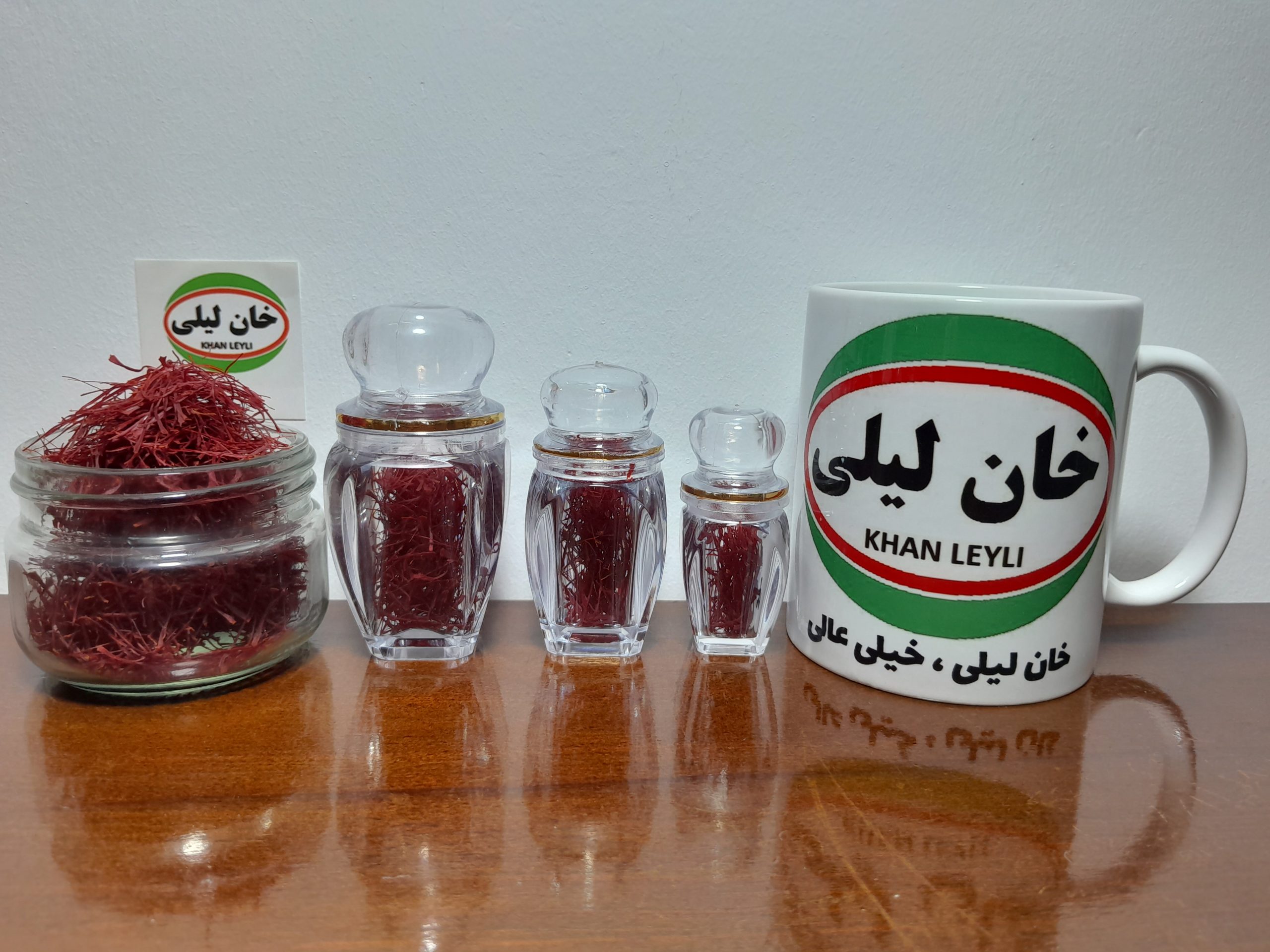

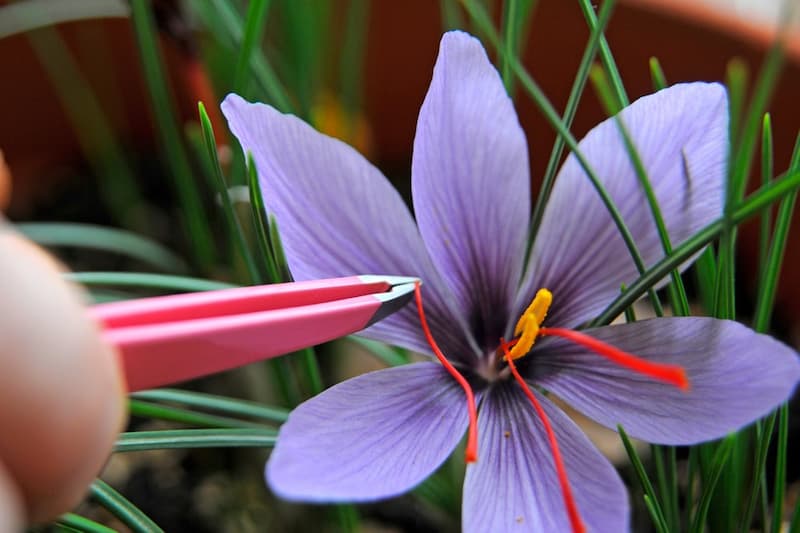
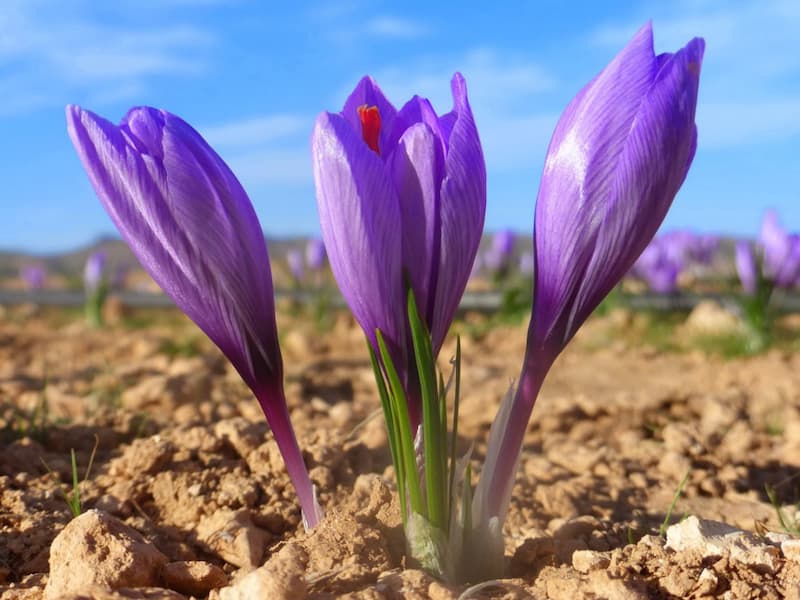
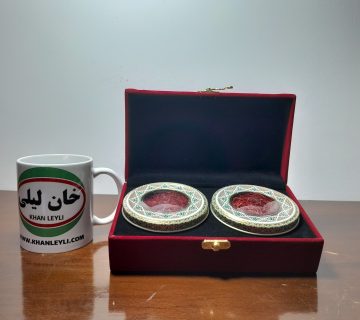
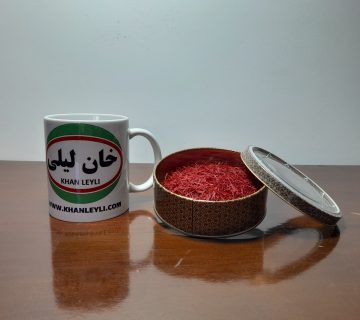
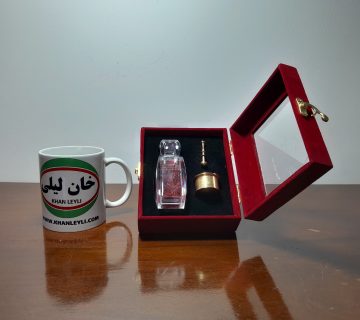
No comment